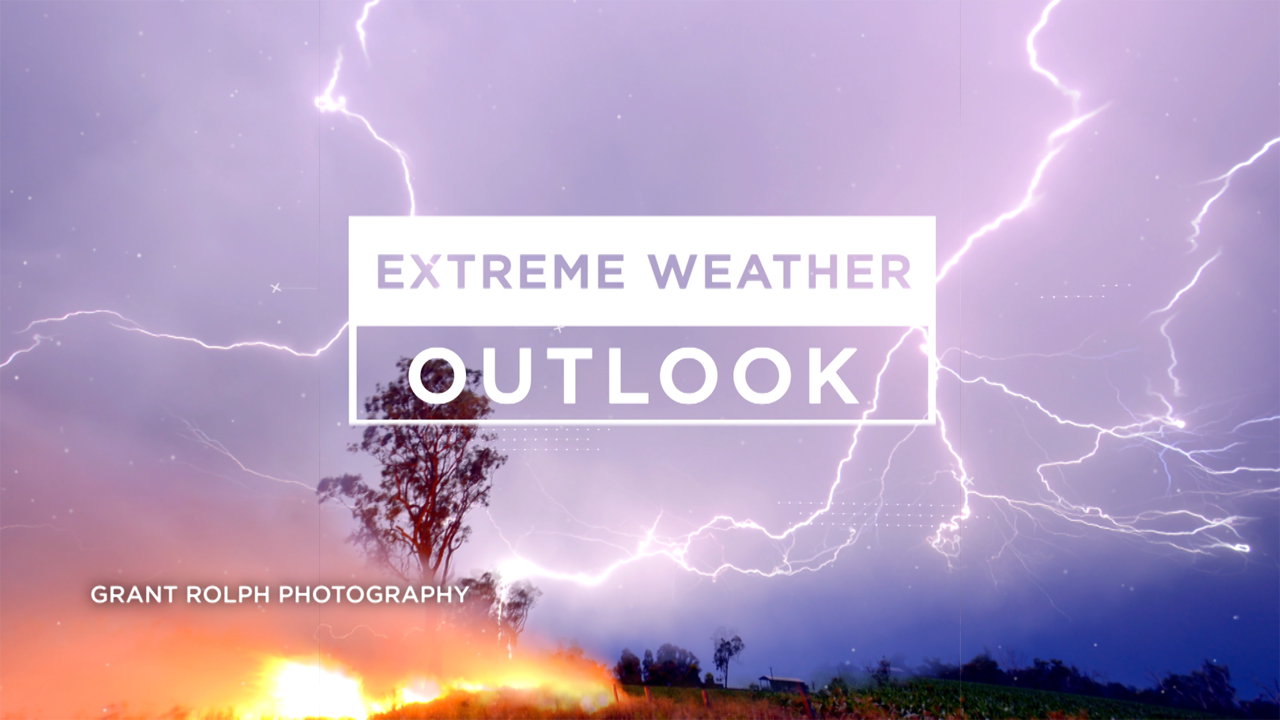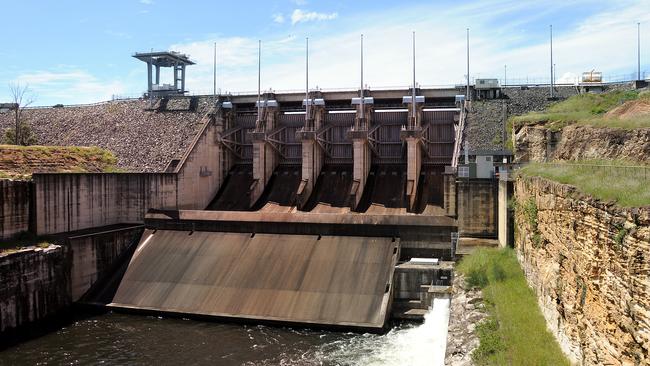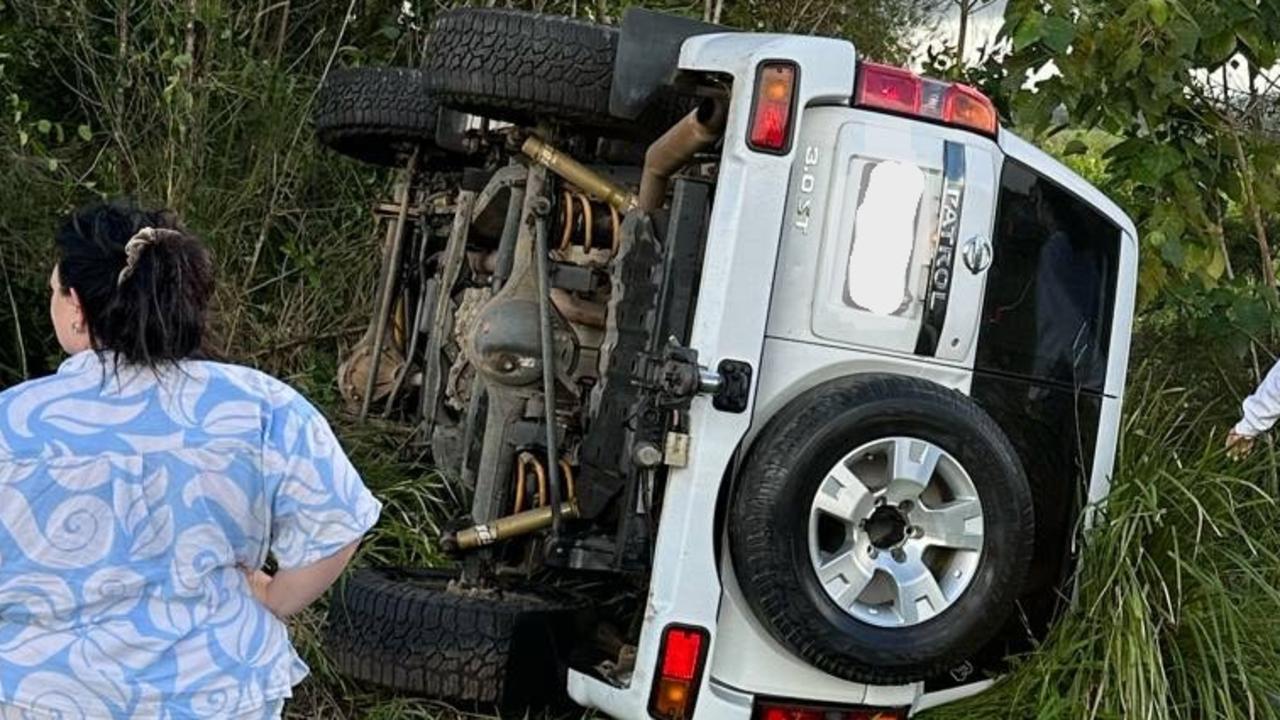Southeast Queensland’s dams fall below 60 per cent
Eastern Australia’s big dry continues to bite, with dam levels in southeast Queensland falling to levels not seen in more than a decade.

QLD News
Don't miss out on the headlines from QLD News. Followed categories will be added to My News.
SOUTHEAST Queensland’s dams have today fallen below 60 per cent for the first time in a decade.
The last time water levels fell below that level was in 2009, during the Millennium drought.
It comes as long-range forecasts from the Bureau of Meteorology shows the state is ‘unlikely’ to see decent rain for at least another month.
The critical threshold in the southeast is 50 per cent dam levels, at which point water restrictions are put in place.
Back the Bush: Why the drought is no longer just an outback problem
Samford residents face two-month wait for water trucks
According to Urban Utilities, dam levels in southeast Queensland should hit that 50 per cent mark by mid-2020 if the big dry continues.
The median December rainfall for Brisbane is 107mm, yet data from the Bureau shows only has a 28 per cent chance of receiving more than 100mm of rain next month.
BOM meteorologist Dean Marramore said December would be dry but the new year could see better chances of rainfall.

“Hopefully once we get into January, February, March, hopefully we should return back to more normal, average rainfall,” Mr Marramore said.
He said weather systems over the Indian Ocean and winds from Antarctica which had been blowing drier weather into Queensland were expected to break over the summer.
The SEQ Water Grid is comprised of Wivenhoe, Somerset, North Pine, Hinze, Baroon Pocket, Leslie Harrison, Ewen Maddock, Cooloolabin, Sideling Creek, Lake Macdonald, Little Nerang and Wappa dams.


